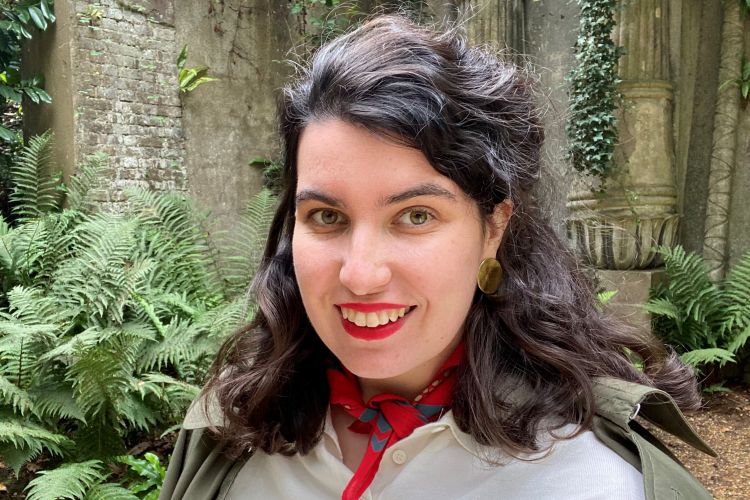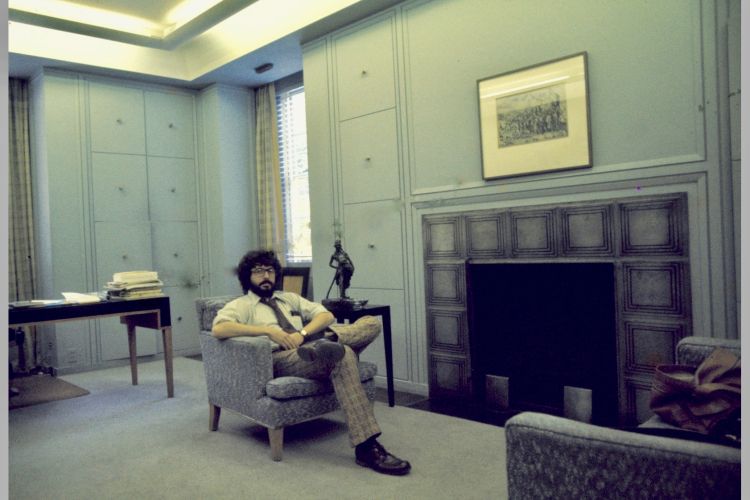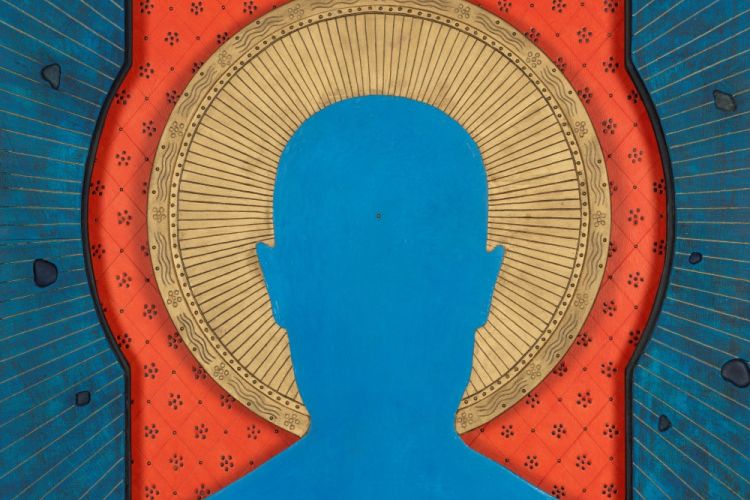PAFA Receives Major NEH Grant for Archives Collections Storage
PHILADELPHIA (July 29, 2015) – The Pennsylvania Academy of the Fine Arts (PAFA) is delighted to announce that it will be the recipient of a $300,000 grant from the National Endowment for the Humanities (NEH). The Sustaining Cultural Heritage Collections (SCHC) Implementation Grant will be in the amount of $250,000 outright, with an additional $50,000 in matching funds to implement the project.
The SCHC grant will support PAFA’s construction of a collections storage expansion project on the fifth floor of its Samuel M.V. Hamilton Building. This project will provide a brand new space for the storage and care of the museum’s immense Works on Paper and Archives Collections. Construction will begin in late 2015.
David R. Brigham, PAFA’s President and CEO, says, “A new home for these collections represents an important stride forward for PAFA, and this grant from the NEH will help ensure that the museum’s collections are properly preserved and accessible to scholars and the public alike.”
PAFA’s Works on Paper and Archives Collections are two of the museum’s most valuable resources of scholarship on American art history and artistic training. The Works on Paper Collection encompasses three-quarters of PAFA’s nearly 14,000-object Collection of American Art, including works by nationally recognized and locally important artists spanning the 18th-21st centuries. The Archives hold documents significant to PAFA’s history, as well as materials from the artists who built the American art historical tradition, including information about the more than 1,000 exhibitions held at PAFA (e.g. first major exhibition of American Impressionist painters in 1892 and the first exhibition of American abstract and figurative modernists in 1921).
PAFA’s Archives are an indispensible resource, consisting of scores of sketches and drawings, rare books and manuscripts, historical documents, photographs, student records, and much more. It includes everything from the letters and photos of Mary Cassatt, to the paintbrushes of Thomas Eakins, to the scrapbooks and correspondence of Daniel Garber.
As the nation’s first museum and school of fine arts, PAFA’s history is inextricably woven with the history of American art. PAFA’s Archives are of particular importance for the study and interpretation of American art since the other major art institution of similar age, the National Academy of Design, has lost much of its recorded history. According to Anna O. Marley, PAFA’s Curator of Historical American Art, “You cannot teach the history of American art without PAFA.”



